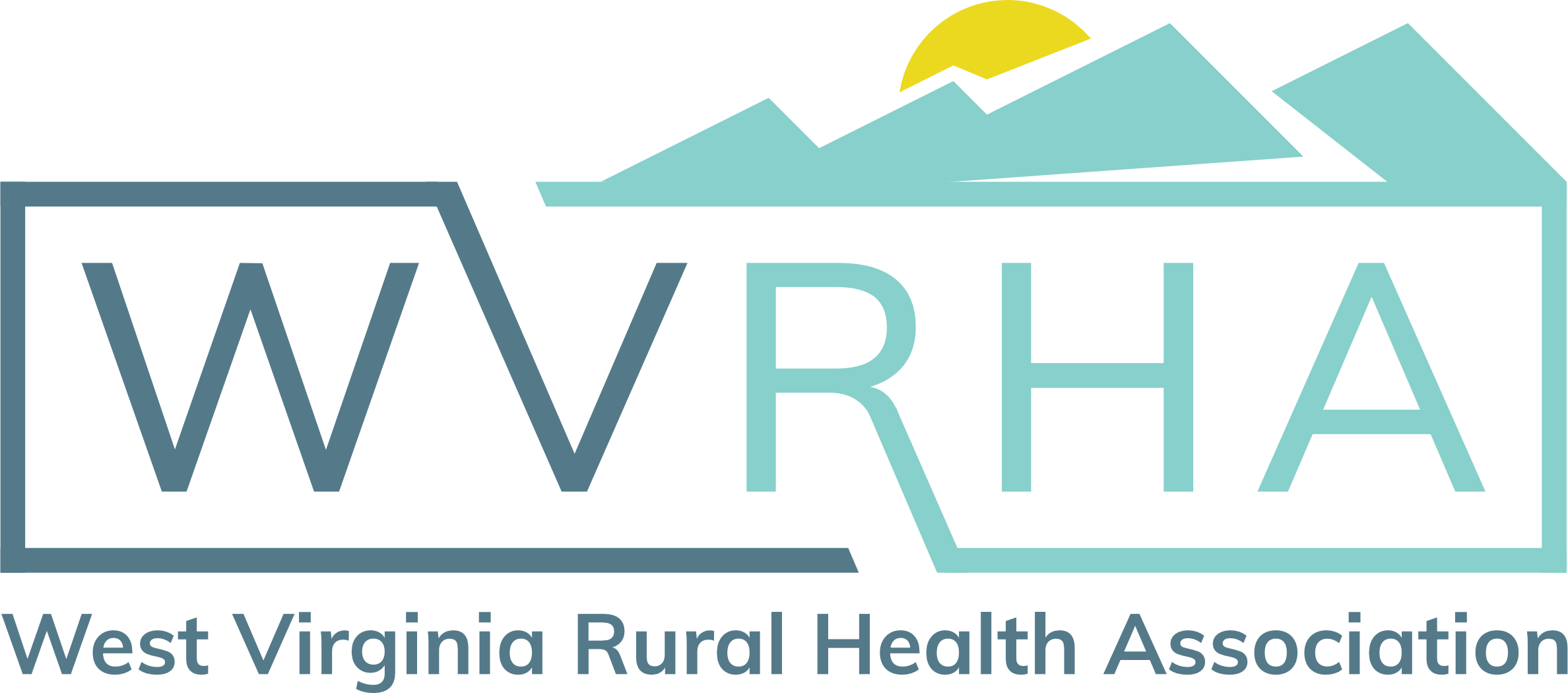
Nonprofits, government agencies meet to discuss future of public health in Appalachia

Nonprofits, government agencies meet to discuss future of public health in Appalachia

White Sulphur Springs, W.V. – Community Education Group (CEG), a nonprofit that works to eliminate health disparities and improve public health, recently hosted its inaugural event focused on addressing public health in Appalachia. The “Appalachian Syndemic Summit” convened more than 300 health-focused nonprofits, community groups, public health practitioners, and local, state, and federal agencies to discuss the growing transmission of HIV and hepatitis C in the wake of the opioid epidemic.
“Instances of HIV and hepatitis C are increasing in Appalachia, and the prevalence of these conditions is driven by opioid and injection drug use. So while the Appalachian region has built an infrastructure to begin to deal with substance use disorder, what we don’t yet have is an infrastructure to address these other health concerns that are directly tied to opioid use,” said CEG Executive Director A. Toni Young. “But that’s what the Appalachian Syndemic Summit was about–working collaboratively across the region and breaking down silos so we can build that infrastructure to holistically address substance use, HIV, and hepatitis C in Appalachia.”
The three-day conference included sessions on collaboration in public health, workforce development and retention in rural communities, forming multi-sector partnerships, legislation and community advocacy, and funding and grant writing. The Summit began with welcoming remarks from Appalachian Regional Commission Federal Co-Chair Gayle Manchin, and also featured a panel on federal agency collaboration, which included Ali Khawar, principal deputy assistant secretary for the Employee Benefits Security Administration with the U.S. Department of Labor; Nate Feick, syndemic senior advisor at the Office of Infectious Disease and HIV/AIDS Policy within the U.S. Department of Health and Human Services; and Kristin Roha, public health advisor for HIV with the Center for Substance Abuse Treatment and the Office of the Chief Medical Officer. The panel, moderated by Young, discussed challenges within Appalachia, federal partnerships, and the strength within rural communities. A representative from the Office of U.S. Senator Joe Manchin provided closing remarks to the event.
The Summit was convened by Community Education Group and was co-hosted alongside AIDS Alabama, ETSU Addiction Science Center, Harm Reduction Ohio, Kentucky Rural Health Association, Maryland Rural Health Association, NC AIDS Action Network, Community Liver Alliance, Prisma Health, Southern AIDS Coalition, Virginia Rural Health Association, West Virginia Rural Health Association, West Virginia Drug Intervention Institute, and the West Virginia School of Osteopathic Medicine. In addition to regional nonprofits and public health organizations, the Summit was also attended by representatives from the Appalachian Regional Commission, the U.S. Department of Labor, and the Substance Abuse and Mental Health Services Administration (SAMHSA).
As it stands right now, the Appalachian region, which spans 423 counties across 13 states, rarely experiences carve outs in funding from private philanthropies, corporate funders, or public programs. “The Appalachian Regional Commission (ARC) is the primary, secondary, and tertiary funder of issues specific to the region,” said Young. “That’s why we were intentional about including other federal partners and agencies in this work. To address public health in Appalachia, we need to build capacity and build relationships, and make the case that the health of Appalachians is also an economic and workforce issue that goes beyond just our 423 counties.”
Young says that the Summit is just a jumping off point–attendees agreed. “This was the conference we were waiting for,” said Clayton Ruley, director of diversity, equity, inclusion and harm reduction with the Community Liver Alliance. “We’ve always known that strong public health outcomes are related to educational attainment, economic vitality, and workforce readiness, but it takes a lot of capacity to address the intersection of these issues, but having everyone in the room, having the same discussion, means that we’re one step closer to turning the tide on the syndemic.”
After the Summit, Young was approached by research teams at regional universities and leaders of public health departments wanting to get more engaged around developing and implementing innovative solutions to the poly-substance use, HIV, hepatitis C syndemic. “An idea we’re all excited about is building infrastructure on top of our network of medication assisted treatment (MAT) providers to include screenings and resources for HIV and hepatitis C,” said Young. “What we’re learning is that the folks who are seeing MAT providers are the individuals most likely to need those additional services, and we’re working with public health organizations to build capacity so MAT providers not only can provide those additional services, but be able to get commensurate compensation.”
Young says this approach helps make these programs more financially sustainable and lead to better health outcomes overall. “When you have the resources to provide the services that people need, and when you can get compensated for doing so, you are treating an individual while also enriching your ability to reach more patients who need care,” said Young. “The partnerships we’re forming across the region will be vital in developing this infrastructure.”
CEG recently received a $7.7 million grant from ARC to support additional efforts to leverage MAT providers’ existing infrastructure to provide HIV and hepatitis C resources. The grant will fund an expansion of their CHAMPS program, which trains community health workers (CHWs), and it will expand the training and capacity building program to reach an unprecedented 56-county region across West Virginia, Virginia, and Kentucky. Young says that between this grant from the Commission and the connections attendees built at the Summit, she is optimistic about the future of public health in Appalachia.
“Up until this point, there hasn’t been a conference or event that focused exclusively on this syndemic and its impact on the 423 counties of Appalachia,” said CEG Executive Director A. Toni Young. “And the Appalachian Syndemic Summit brought together folks who don’t often have the ability to be in the same room with each other, even though we’re all aligned in what we want to achieve in the region. We can address these complex public health issues, and the Summit was just the beginning.”
About The Community Education Group
Since 1993, the Community Education Group (CEG) has worked to eliminate disparities in health outcomes and improve public health in disadvantaged populations and under-served communities. CEG conducts research, trains community health workers, educates and tests people who are hard to reach or at risk, shares its expertise through national networks and local capacity-building efforts, and advocates for practical and effective health policies that lead to social change. @CEGInWV
For Media Inquiries
Lee Storrow
Senior Director of External Affairs
Community Education Group
828-337-6573

